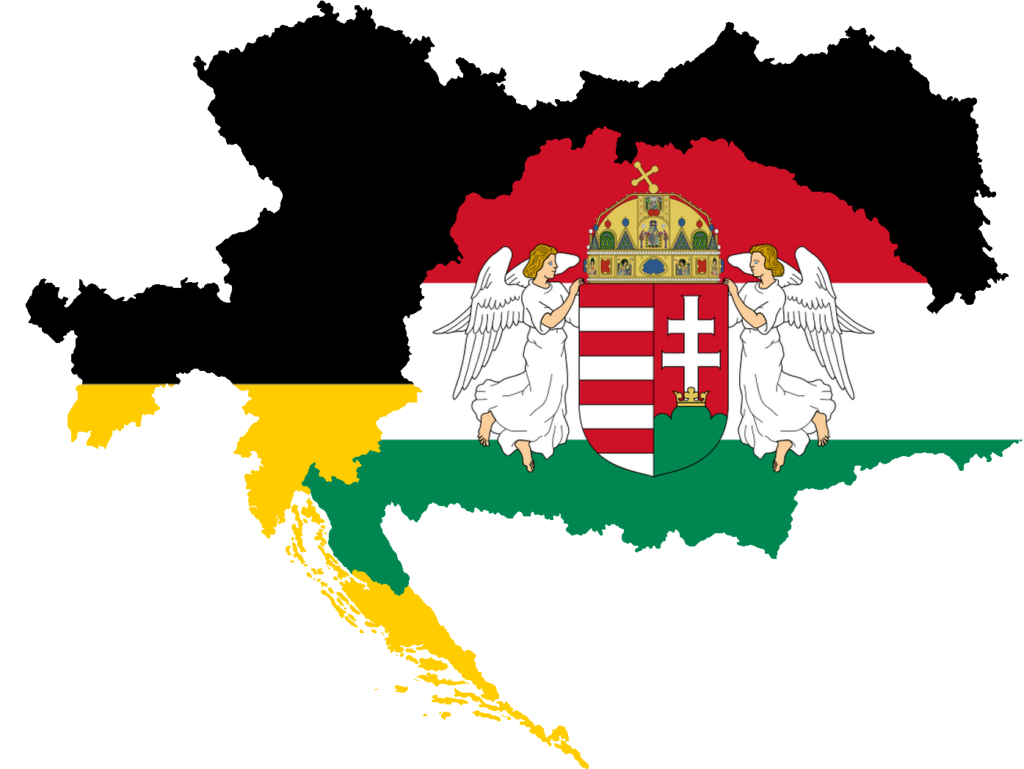Preface
To properly understand Austro-Hungary, and the performance of the Austro-Hungarian army during the first world war, you have to first understand the Empire itself. The Austrian / Austro-Hungarian Empire had existed in some way or another centuries before the Great War. The transition from the Austrian Empire to the Austro-Hungarian Empire began in 1848 with the Hungarian Revolution, which would lead to an 18 year long dictatorship over Hungary until the Austro-Hungarian Compromise of 1867. This compromise established the state we know of as Austro-Hungary, and the systems which would carry its people into the First World War.
After the Compromise, the nation was split in two. There was the Austrian Empire and the Kingdom of Hungary. Both held Franz Josef and later Charles I (Kaiser Karl) as their respective monarchs; Emperor of Austria, King of Hungary. The two nations were entirely autonomous from one another, having their own parliaments, defense forces, and all other systems that would typically comprise a nation. They were bound together by their common monarch and several common ministries that made joint policy for both halves of the Empire. This policy was in areas of common interest such as external trade, foreign policy, and diplomacy.
Photo to the Right – Territory controlled by each respective half of the Empire. Black-Yellow flag is the the Flag of the Habsburgs; the Austrian Empire. The other flag is of the Kingdom of Hungary. Important note – The Empire would later expand and control part of what is today Bosnia & Herzegovina, that territory is not part of this map. Bosnia was also a territory jointly administered by both the Austrian and Hungarian Parliaments.

Underneath each half of the Empire was dozens of nations that are today known by names such as Czechia, Slovakia, Slovenia, parts of Romania, Croatia, and more controlled either by the Austrians or Hungarians. All sizable minority groups / countries saw representation in their respective controlling nation’s parliaments and all were considered citizens of the empire. This integration of other cultures, language groups, and entire nations, while advantageous to the stability of the Empire during peacetime, would severely affect the Dual Monarchy’s ability to fight a multi-front war and maintain internal stability under pressure.
It is debated whether or not the Austro-Hungarian Empire could’ve lasted for long. Even the initial Compromise in 1867 was widely unpopular with Hungarian voters, the second largest ethnic group of the Empire and second strongest both politically and militarily. The assassination of Franz Ferdinand almost certainly sealed the fate of the nation. The Habsburgs were outraged at the death of their next successor, and the Empire’s degrading standing in Europe only put further pressure to make a show of strength. A show of strength which would drag the nation into the most catastrophic and deadly war it had ever partaken in, claiming the lives of millions of it’s citizens and forever changing the political landscape of Central Europe.
Military Structure
Just like the political landscape of the Empire, it’s military during the war was split in multiple separate groups. The Austrian Landwehr (K.K), the Hungarian Honved (K.U), and the Common Army (K.u.K). The Austrian Landwehr and Hungarian Honved served as each respective nation’s personal defense forces, under full control of each respective government without interference from the other. The Common Army was controlled by the Emperor and the joint ministries from both halves of the Empire. The Common Army was also the largest of the three armies, recruiting soldiers from every land under the Dual Monarchy’s control while the regional defense forces recruited only from land under their respective administrative zones.